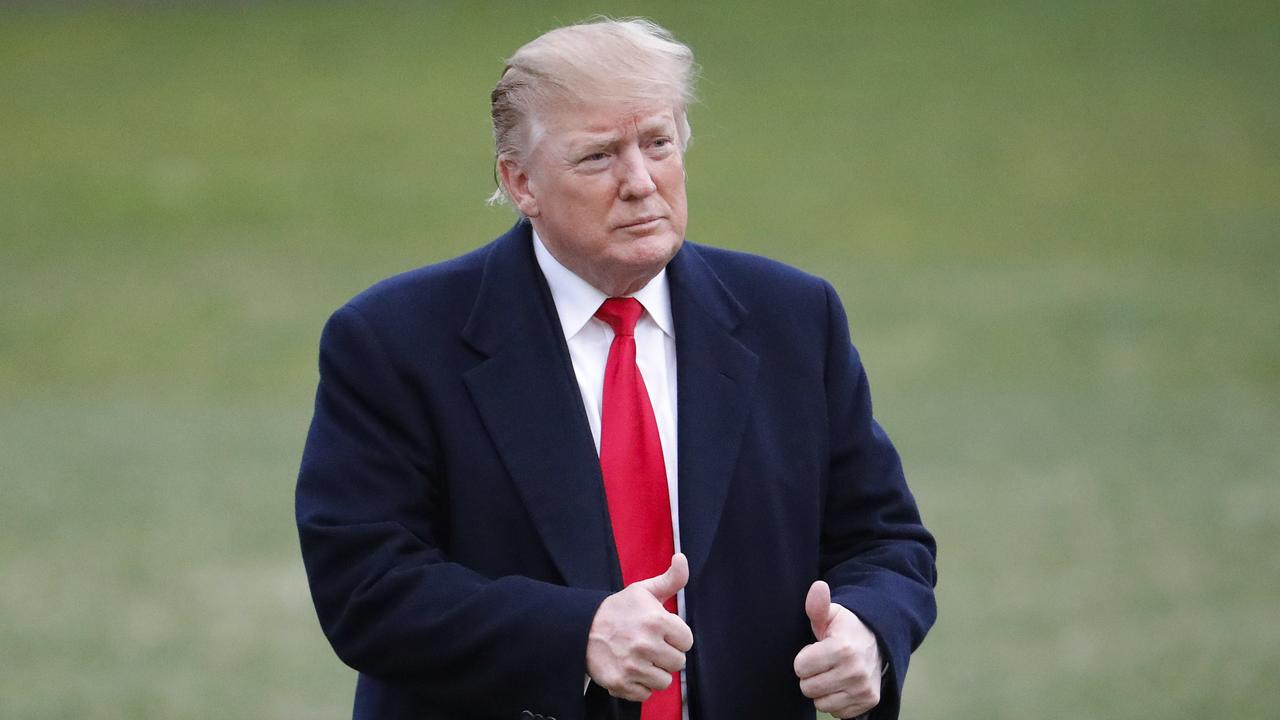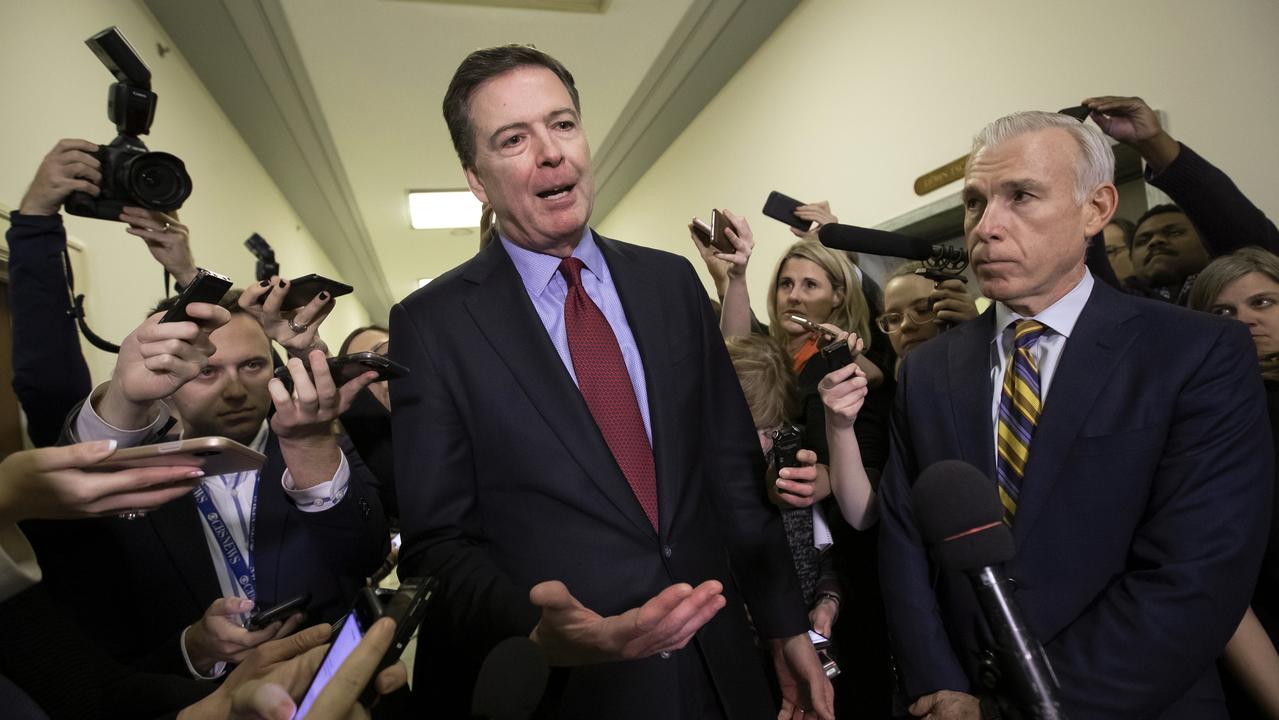
North Korea seems to have made incredibly rapid strides towards being able to destroy cities thousands of kilometres away. But this hasn’t emerged overnight. Nor has it come entirely from North Korea’s resources, technology or know-how. It has benefited from more than a little help from its surviving friends, over many years, to attain such a potent capacity to kill masses of people.
Who have been its most important collaborators on this deadly journey? Its path to becoming a nuclear power began back in 1956, when the Soviet Union started to train its scientists and engineers in the basic knowledge required to create a bomb. Three years later, the countries signed a formal agreement to co-operate in nuclear development.
Mark Hibbs of the Carnegie Endowment for International Peace, a leading expert on nuclear weapons procurement, says that “in those days the North Koreans were part of a family of Soviet-oriented countries that was doing nuclear research together. They were all subject to controls and enforcement by Moscow.”
When the Cold War came to an end about 1990, they had been involved in nuclear research for 30 to 40 years. North Korea continued to procure equipment — including, Hibbs says, dual-use items then readily obtainable from China, such as tools for making bicycles that could instead make centrifuge equipment or nuclear weapons parts. During the key years before its first nuclear test in 2006, it kept switching sources from country to country, creating in each place new mailbox locations and new companies to evade scrutiny.

In 1962, North Korea opened the Yongbyon Nuclear Scientific Research Centre, built with Soviet engineering assistance. About 1980, the government began mining its own uranium, from which it started creating fuel at Yongbyon for reactors.
In 1985, the country signed the international Nuclear Non-Proliferation Treaty, but did not permit inspections of its facilities. In 1992, a team from the International Atomic Energy Agency under Hans Blix — who became well-known during the stand-off with Saddam Hussein that preceded the 2003 invasion of Iraq — was finally given access. Blix became convinced North Korea was producing weapons-grade plutonium.
In 1998 it used a satellite launch as a ruse, military experts believed, to test a long-range missile — shooting it over Japan, as it has done again twice recently.
The Stockholm International Peace Research Institute found that North Korea earned about $1 billion over the past decade from selling weapons, including to Iran, Syria and Libya. A 2016 UN report detailed North Korea’s profitable trade in air defence systems, satellite-guided missiles, and encrypted military communications gear.
In 2002, US president George W. Bush declared North Korea part of the “axis of evil” with Iran and Iraq. Pyongyang quit the non-proliferation treaty the following year. Its “axis” comrade Iran has become an important partner. North Korea endeared itself by selling substantial arms during the vicious eight-year Iran-Iraq war that ended in 1988. The countries developed a busy exchange of military expertise, which has not taken a step back since — despite the international accord finalised with Iran two years ago to constrain its nuclearisation.

In May this year, Iran tested a cruise missile from a submarine that appeared similar to a North Korean missile-equipped model. The countries’ missile developments have been construed as coincidental, running on parallel lines — but some analysts are convinced they must be related.
Israeli defence analysis has indicated that Iran originally obtained North Korean ballistic missile production technology, then upgraded it, and passed that expertise back to Pyongyang.
North Korea’s second-in-command, Kim Yong-nam, president of the Supreme People’s Assembly, flew to Iran last month for an unusually long visit — 10 days — for the inauguration of re-elected President Hassan Rouhani, and for talks about collaboration between the countries. He was accompanied by a large delegation that included military figures, and inspected the new embassy just built in Tehran.
Rouhani said that the nations’ mutuality had reached a “very high stage”, and that “the friendly relations between the two countries, which have jointly struggled against the US, will boost our closeness in broader fields in the future”. After his swearing-in, he lambasted sanctions as “a failed and fruitless policy”.
NK News recently said that since the 2015 nuclear deal removing the Iran sanctions, ballistic missile development has been the most consistent area of the countries’ co-operation.
It said that while in the past North Korea deployed hundreds of nuclear experts to work with Iranian counterparts and provided Tehran with key nuclear software, “the similarities between the missiles tested by Pyongyang in the past few months and Iran’s technology suggests Tehran is now contributing to North Korea’s nuclear build-up”.
North Korea is also watching closely the future of the international deal — crucially, a US deal — with Iran, to assess whether this provides any kind of model that it might be prepared to consider.
Russia, which has a 17km land border with North Korea, remains a crucial sympathiser, if not supporter. When the Soviet Union collapsed, Boris Yeltsin switched Russia’s focus towards South Korea and cut aid to the North. But the Vladimir Putin era that began in 1999 saw a swing back to the old loyalty. Five years ago, Russia agreed to write off $12.6bn of North Korea’s $14bn debt, much of it historic, as a goodwill gesture to then new leader Kim Jong-un. The residue would be spent on Russian humanitarian and energy projects within North Korea.
In 2014, No 2 leader Kim Yong-nam and Kim’s special envoy Choe Ryong-hae held meetings with Putin in Russia. Only two years ago, the countries held a “Year of Friendship”. But in recent years Russia has opposed North Korea’s nuclear program, wishing to limit the nuclear armed group to the small original circle of nations including itself.
Pakistan is another country that has helped North Korea become a nuclear power. Then prime minister Zulfikar Ali Bhutto made a state visit there 40 years ago as he strengthened ties with socialist countries around the world. His daughter Benazir, who was assassinated almost a decade ago, is believed to have negotiated the purchase of North Korean long-range Rodong missiles, on which atom bombs could be mounted, in return for granting access to Pakistan’s then-civilian nuclear technology.

Pakistan’s top nuclear scientist, Abdul Qadeer Khan — the “father” of his country’s own atom bomb — travelled about a dozen times to North Korea, providing crucial technical advice. He has publicly admitted visiting Pyongyang. “Officially we had a program with them,” he said.
This appears to have involved North Korean direct payments, as well as missile provision, with two generals involved in Pakistan’s 1998 nuclear tests alleged to have received large amounts of cash and jewels, which they denied.
Khan “confessed” on Pakistani TV in 2004 that he had sold centrifuge technology to Iran and Libya as well as North Korea and advised those countries’ nuclear programs, saying the involvement of his team was purely freelance and mercenary. Later, he said that he had only absolved the Pakistan government from involvement in return for his freedom from threatened detention.
China is clearly the country nearest in every respect to North Korea. They are each other’s only formal allies, having signed a treaty in 1961, but Chinese academics say that Pyongyang’s nuclearisation program — against constant opposition from China — has already nullified any reciprocal defence requirement.
Mao Zedong said they were “as close as gums and teeth”. He gave his heart in a very special way to North Korea. His oldest, favourite son Anying is buried there, killed by a US air strike in 1950 during the Korean War, aged 28 and married for just a year.
Mao, who had become the leader of the new People’s Republic of China only a few months before, had responded positively to North Korean founder Kim Il-sung’s desperate cry for help, after he had invaded the south but was then driven back when the UN voted to support a US-led coalition, which included 17,000 Australians, to repulse the northern aggressors.
Mao overrode strong opposition to commit a large force. The Chinese Communist Party had only recently won the civil war, which itself followed a long war against Japan.

Despite the historic links between the North Korean Workers’ Party and the Chinese Communist Party, there has been a rapid cooling of the relationship since the accession of Kim Jong-un as the third ruler of the Kim dynasty. He is widely derided in China as Jin San Pang, “Fatty Kim the Third”.
China, with a 1420km border with North Korea, remains its dominant economic partner, responsible for 90 per cent of the country’s trade, but it has recently prided itself in adhering to increasingly tough UN sanctions. But it remains reluctant to cut North Korea’s access to the “Friendship Pipeline” down which 90 per cent of its crude oil is pumped.
New research by The Wall Street Journal has revealed that the recent rapidity of North Korea’s nuclear and missile advances may have resulted from expertise brought home by the large number of its scientists studying abroad, the bulk of them in China.
China, while also close to both Iran and Pakistan, and more recently to Russia, has however become increasingly worried about the rapid militarisation of its region in response to those rapid steps by Pyongyang.
But any second thoughts or concerns now being expressed by North Korea’s remaining or former associates won’t alter the core, frightening fact that Kim himself feels impregnable, astride his nuclear ICBMs.




To join the conversation, please log in. Don't have an account? Register
Join the conversation, you are commenting as Logout